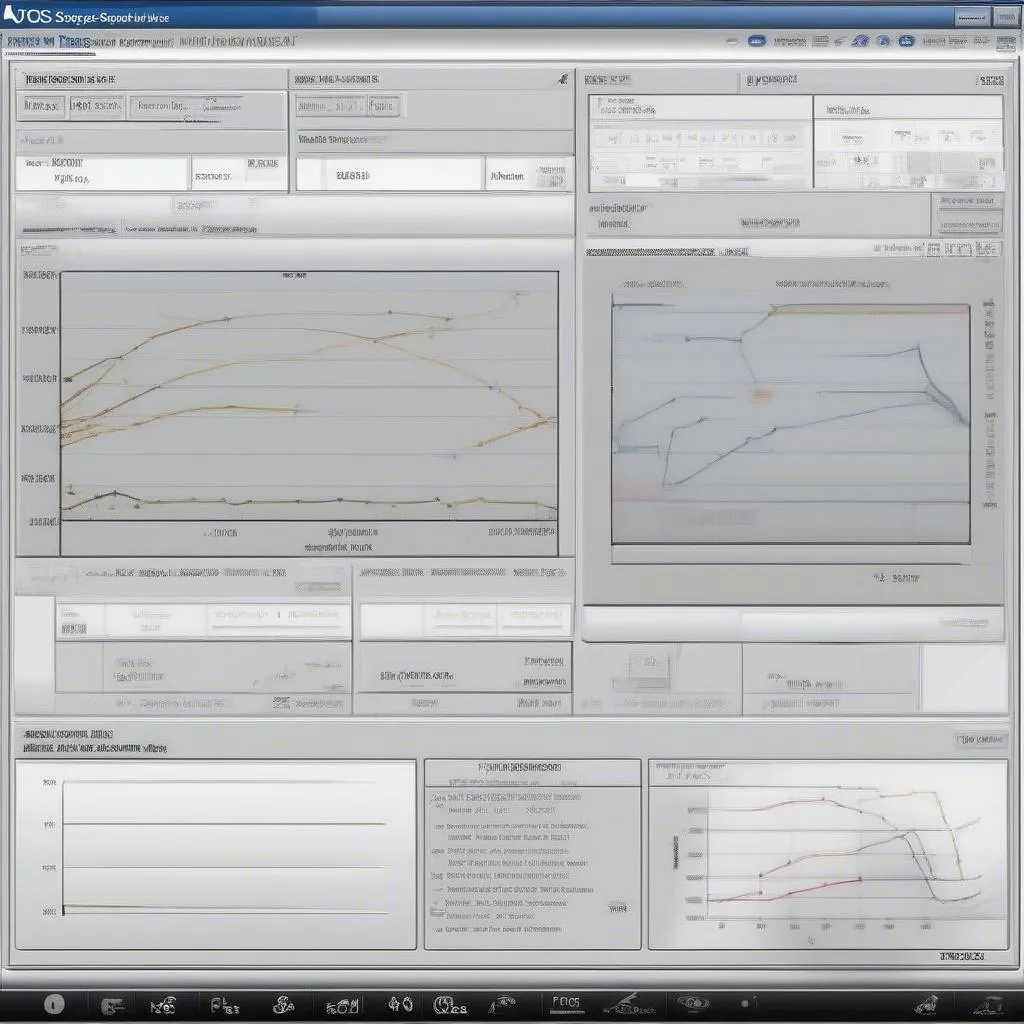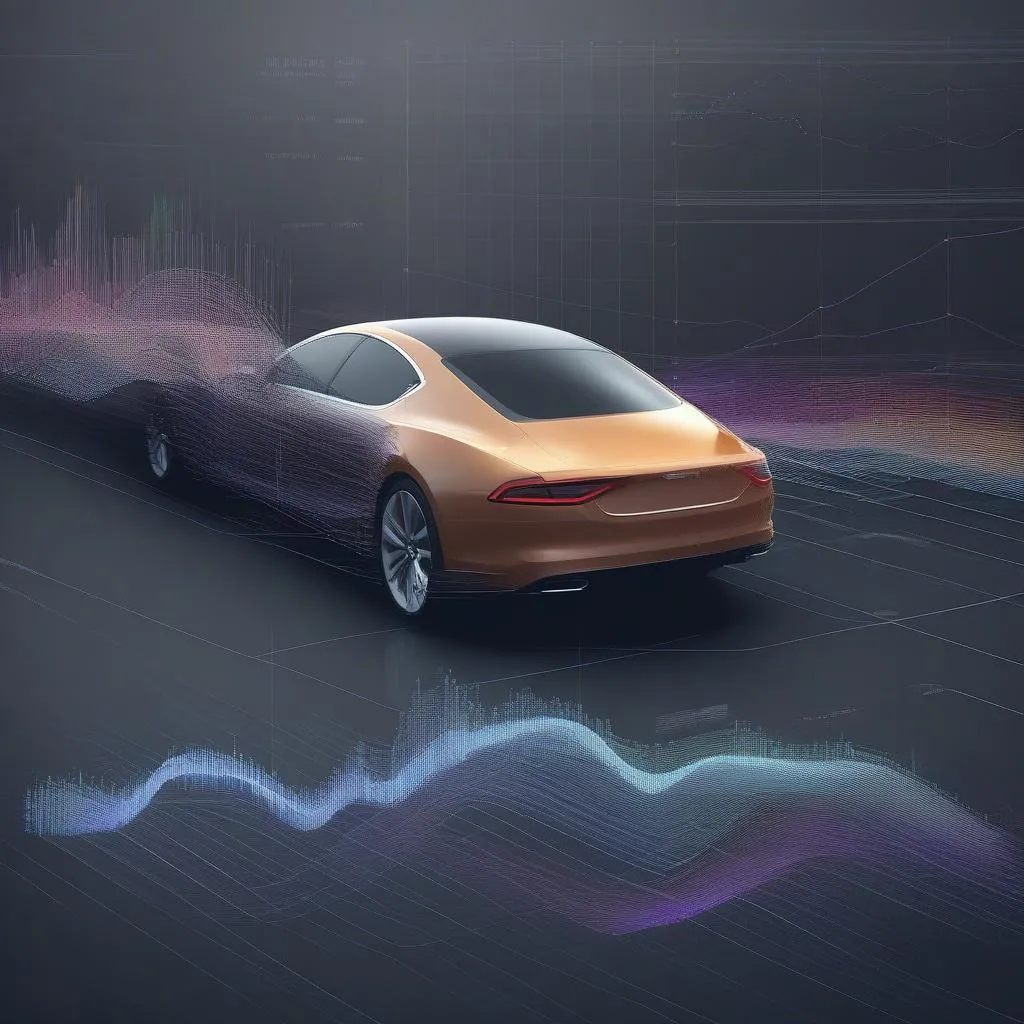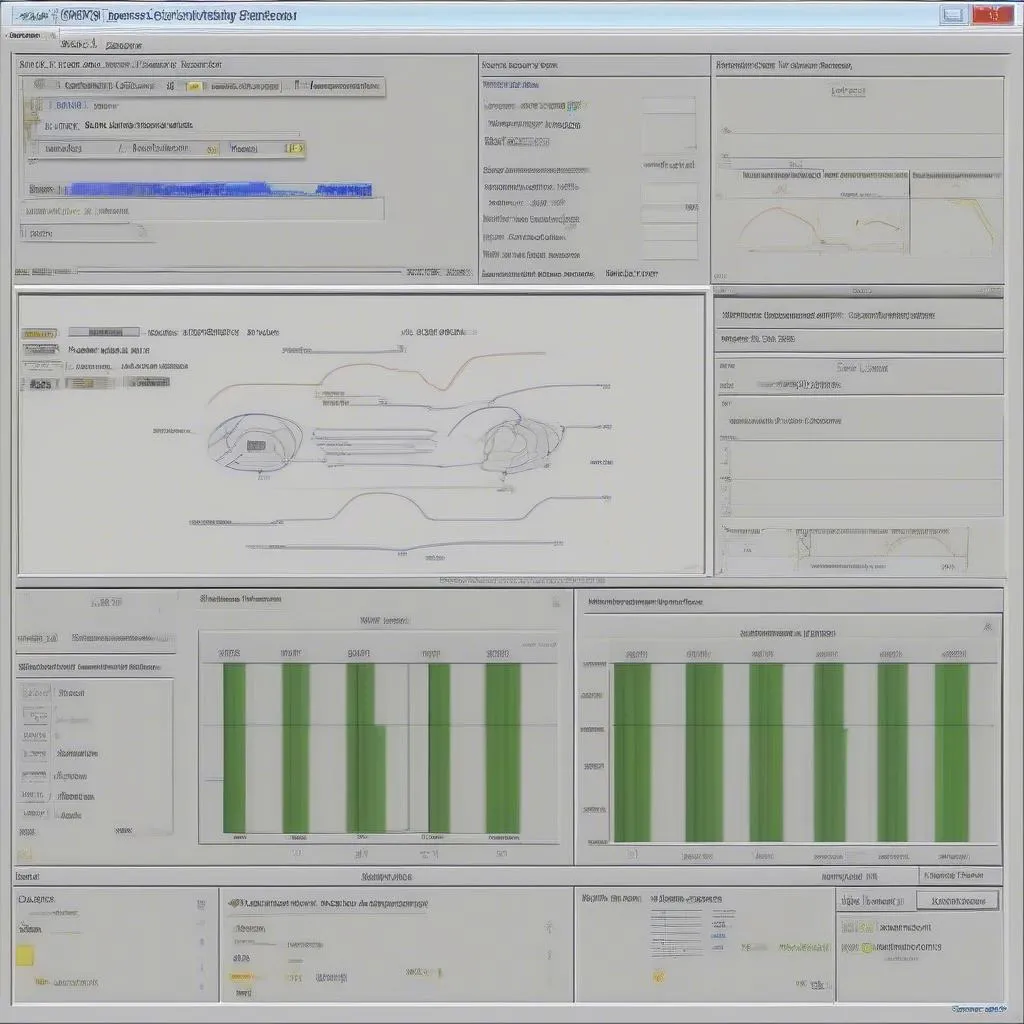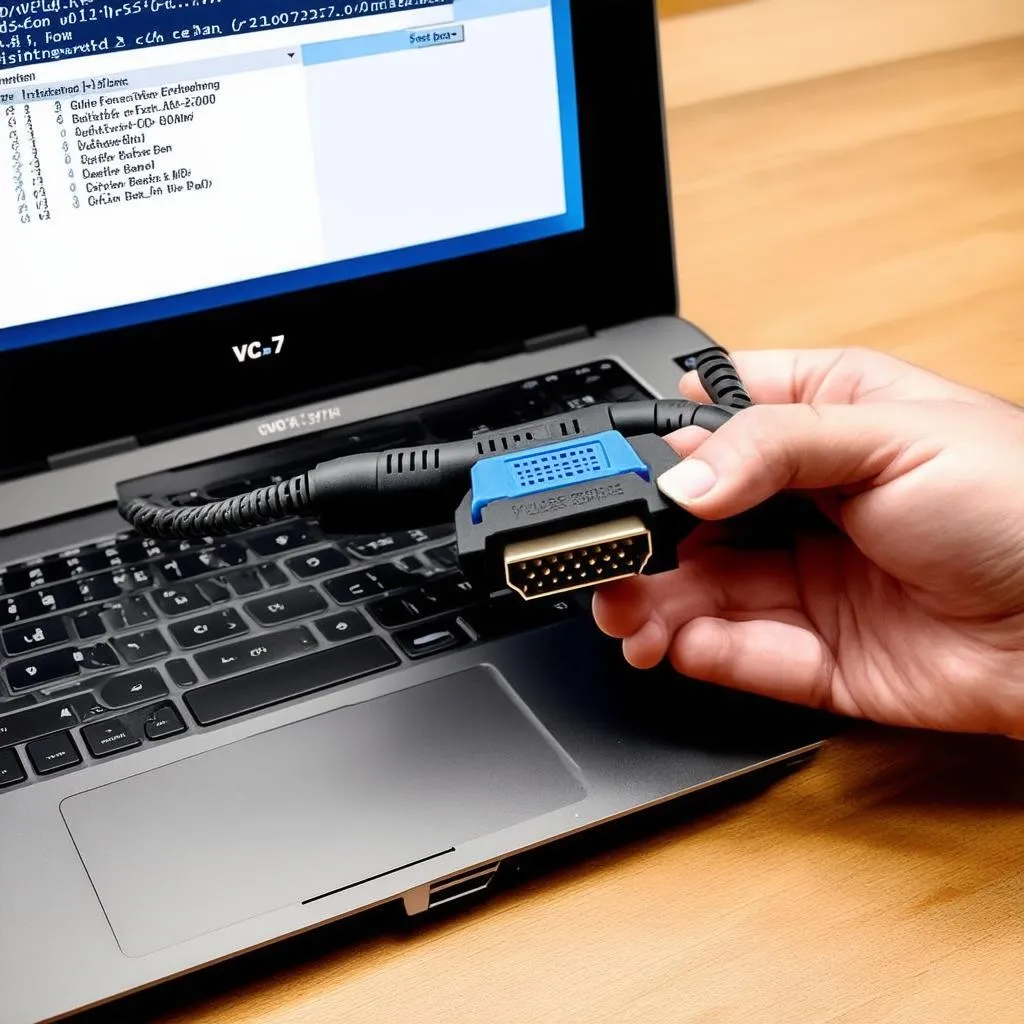In the realm of automotive diagnostics, having the right tools can make all the difference. VCDS, short for “VAG-COM Diagnostic System,” stands out as a comprehensive software solution for Volkswagen Auto Group (VAG) vehicles. One of its powerful features is VCDS Scope, offering real-time data visualization and analysis capabilities that go beyond standard OBD-II diagnostics.
Whether you’re a seasoned automotive technician or a DIY enthusiast, understanding VCDS Scope can dramatically enhance your troubleshooting prowess. This article delves into the world of VCDS Scope, exploring its capabilities, benefits, and how it can revolutionize your approach to diagnosing VAG vehicle issues.
What is VCDS Scope?
VCDS Scope is essentially a software oscilloscope integrated into the VCDS diagnostic software. Unlike traditional oscilloscopes that measure electrical signals, VCDS Scope leverages the data accessible through your vehicle’s onboard computer network to provide insights into various system parameters.
Imagine being able to visually monitor sensor readings, actuator responses, and even complex interactions between different vehicle systems – that’s the power of VCDS Scope. It’s like having a window into the inner workings of your car.
 VCDS Scope Software Interface
VCDS Scope Software Interface
Why is VCDS Scope Important?
VCDS Scope bridges the gap between basic diagnostic trouble codes (DTCs) and in-depth waveform analysis. While DTCs provide a starting point for troubleshooting, they often lack the granularity needed for pinpointing the root cause of complex issues.
“VCDS Scope’s ability to visualize live data streams provides an invaluable perspective, allowing technicians to observe system behavior under dynamic conditions,” remarks automotive electronics expert Dr. Emily Carter in her book, “Advanced Automotive Diagnostics: A Systems Approach.”
Advantages of Using VCDS Scope:
- Real-time Data Visualization: Witness sensor readings, actuator operations, and system interactions in real-time.
- Enhanced Troubleshooting: Go beyond DTCs to pinpoint the root cause of intermittent or complex issues.
- Proactive Maintenance: Identify potential problems before they escalate by observing trends and deviations in data patterns.
- System Validation: Verify the effectiveness of repairs by comparing pre- and post-fix data readings.
How VCDS Scope Works: A Simplified View
VCDS Scope interfaces with your vehicle’s onboard computer systems through the OBD-II port, just like the standard VCDS software. However, instead of solely displaying static data points, it taps into the continuous data streams generated by various sensors and modules.
These data streams are then presented graphically, allowing you to observe changes in values over time. Think of it as plotting sensor readings on a graph where the X-axis represents time and the Y-axis represents the parameter being measured.
 VCDS Scope Graph Data Stream
VCDS Scope Graph Data Stream
Common Uses of VCDS Scope
The applications of VCDS Scope are vast, ranging from simple sensor checks to intricate system analysis. Here are some common scenarios where VCDS Scope proves invaluable:
- Engine Diagnostics: Analyze fuel trim values, ignition timing, and sensor readings to diagnose misfires, performance issues, or emissions-related problems.
- Transmission Troubleshooting: Monitor shift solenoids, transmission fluid temperature, and clutch engagement for smooth shifting and overall gearbox health.
- ABS and ESP Systems: Evaluate wheel speed sensor readings, brake pressure modulation, and steering angle inputs to diagnose ABS, ESP, and traction control malfunctions.
- Climate Control Systems: Observe refrigerant pressures, compressor operation, and temperature sensor readings to diagnose AC issues or heater malfunctions.
Getting Started with VCDS Scope
While VCDS Scope offers advanced capabilities, getting started doesn’t have to be daunting. Familiarity with basic automotive electronics and the specific systems you’re analyzing is beneficial.
For in-depth guidance on using VCDS, including VCDS Scope, consider exploring resources available on Cardiagtech, a trusted source for automotive diagnostic solutions.
FAQs about VCDS Scope
Q: Do I need specialized hardware to use VCDS Scope?
A: No, VCDS Scope is a software feature within the VCDS suite. You’ll need a compatible VCDS interface cable and a Windows-based computer.
Q: Can I use VCDS Scope on vehicles other than VAG models?
A: VCDS and its features, including VCDS Scope, are primarily designed for VAG vehicles (Volkswagen, Audi, Seat, Skoda).
Q: Are there any limitations to VCDS Scope’s capabilities?
A: While powerful, VCDS Scope’s access to data depends on the specific vehicle model and its electronic architecture. Some parameters might not be accessible for visualization.
Conclusion
VCDS Scope empowers automotive enthusiasts and professionals alike with a potent tool for delving into the intricacies of VAG vehicle electronics. Its real-time data visualization capabilities enhance troubleshooting, enabling more precise diagnosis and efficient repairs. By understanding the power of VCDS Scope, you unlock a deeper level of automotive diagnostics, paving the way for a more informed and confident approach to vehicle maintenance and repair.
Ready to explore more about VCDS and its capabilities? Connect with CARDIAGTECH for comprehensive resources and support on automotive diagnostic solutions.


